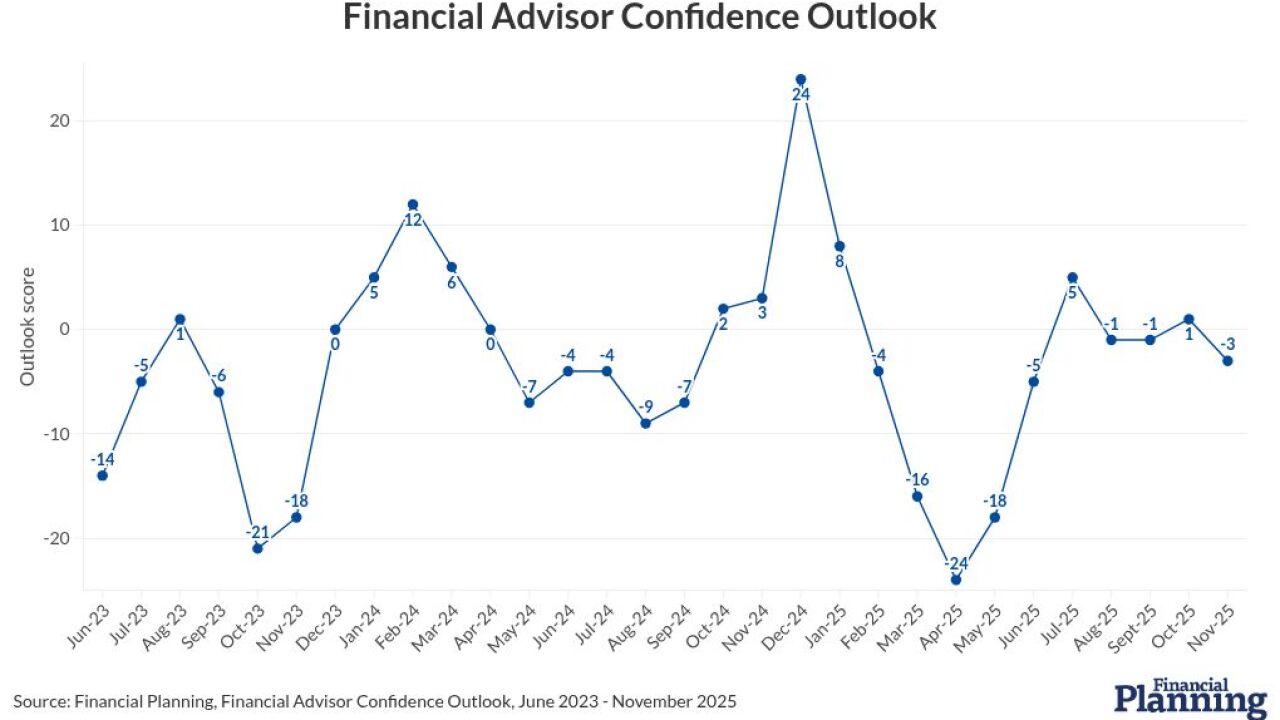Not all bank funds are created equal--even when they look remarkably similar. That's the word from John Hancock Funds of Boston, adviser to the closed-end $727.6 million John Hancock Bank and Thrift Opportunity Fund and the more veteran open-end John Hancock Regional Bank Fund, with $2.3 billion in assets.
In a recently filed proxy statement for the closed-end fund, Hancock included a shareholder-submitted proposal that asks investors to vote to merge the closed-end fund, which debuted in August 1994 into the similar, but not identical, open-end regional bank fund, which launched nine years earlier in October 1985.
In response, Hancock's board of directors suggested that investors vote against the merger proposal, citing the closed-end fund's better performance. In the proxy, the board argues, "This performance advantage is largely attributable to the benefits of the closed-end structure for the fund's investment approach." Shareholders will vote on April 3.
The proposal came from shareholder-activist Philip Goldstein, principal of Opportunity Partners, an investment firm in Pleasantville, N.Y., who owns shares for both himself and his wife, as well as several thousand shares of the closed-end fund for clients. Goldstein hopes that merging the two funds will cure the bank and thrift opportunity fund's persistent discount, which, according to Lipper of New York, is currently hovering at a sizable 16%.
Moreover, Goldstein suggests that despite having different underlying structures, the funds are essentially two peas in a pod, having similar investment objectives, similar managers and similar securities holdings.
The Curse of the Discount
Many closed-end funds trade at recurring or continuous discounts, a chronic condition that even securities regulators have unsuccessfully tried to help closed-end fund sponsors cure. Discounts occur when the price at which the closed-end fund trades on a stock exchange falls to less than the fund portfolio's net asset value.
When discount viruses strike, shareholders often pressure fund sponsors to open-end the funds so that a higher share price can be realized by investors who then redeem their shares and cash out. Unfortunately for fund firms, that usually leaves a much smaller and still ailing open-end fund in its wake. In some cases, converting from a closed-end fund to an open-end fund has proven fatal, with fund sponsors choosing to subsequently euthanize the shrinking fund.
As for the John Hancock Bank and Thrift Opportunity Fund, the fund fell into discount territory in September 1994, soon after its August 1994 first public offering, according to Lipper. Except for a few brief encounters during which the fund temporarily traded at a premium in late 1997 and in 1998, the fund has been plagued by a continuous discount, which grew as large as 20.8% just after the Sept. 11, 2001, terrorist attacks.
Of course, the open-end regional bank fund has had its own tough row to hoe. The fund, which saw assets reach a frothy $7.3 billion in 1997, has been bleeding ever since, losing two-thirds of its assets over the past five years, according to Financial Research Corp. of Boston. With most mutual fund managers desperately trying to garner assets, the board's decision not to merge the funds seems even more curious, Goldstein said in an interview.
John Hancock executives declined to comment for this story.
Goldstein claims that the two funds are very similar in both their investment style and holdings. In fact, both funds are managed by an identical three-member team led by Hancock's James K. Schmidt.
In addition, according to each fund's prospectus, the funds have very similar investment objectives and mandates. Furthermore, nine of the 11 board members who now provide oversight for the elder open-end fund are also charged with protecting the interests of the closed-end fund's investors. That includes two affiliated directors and seven independent directors.
So, are the fund's identical twins or distant cousins? A comparison by Mutual Fund Market News revealed that as of Jan. 31, the two portfolios are strikingly similar in current structure and holdings. In both cases, investments in so-called "Super Regional Banks" comprised approximately one-quarter of the portfolio, with banks located in the southeastern U.S. weighing in as the second largest sector, and northeastern banks following in third place.
In addition, it's no surprise that funds with similar mandates and similar managers have an overlap of holdings. In fact, six of the 10 largest holdings in each fund are the same.
Although percentages are similar between the funds, the actual dollars invested within each geographic area and within individual stocks are vastly different due to the comparative size of the funds. The closed-end John Hancock Thrift Opportunity Fund is almost one-third the size of its open-end counterpart.
Furthermore, while the funds' performance does run parallel for the past several years, the funds' sector composition is similar but certainly not identical. In addition, the types of securities the two funds invest in are different.
"It seems like a potential natural [to merge] funds with the same portfolio managers, similar investment objectives and all within the same fund family," said Don Cassidy, senior research analyst with Lipper. However, there are differences that may not be so apparent, such as the closed-end fund's ability to buy smaller banks that would make for a more difficult or even less liquid investment for the open-end fund, he added.
Copyright 2003 Thomson Media Inc. All Rights Reserved.





